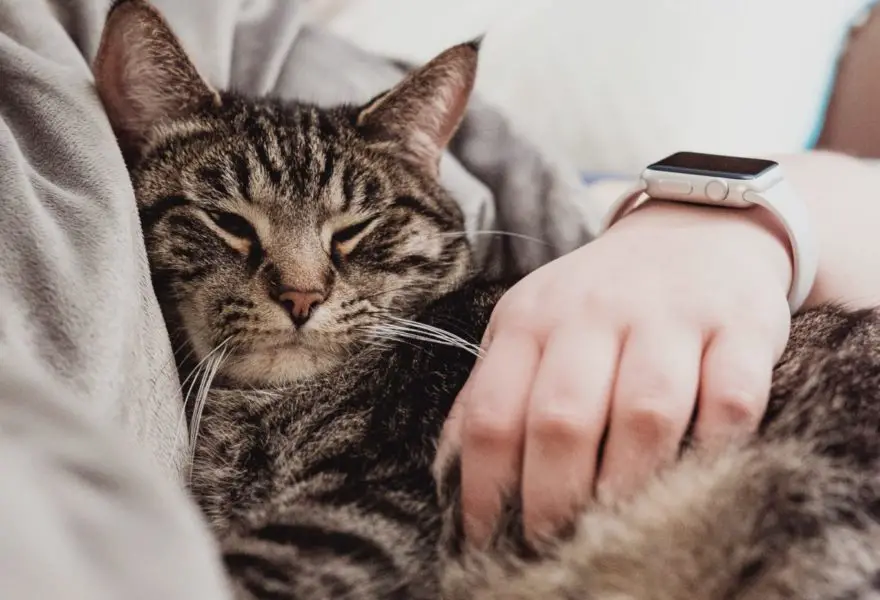What is a “Tabby” Cat?
Many people think of tabby cats as a breed of cat, but “tabby” actually refers to a popular coat pattern. Tabby cats are easily recognized by their dark striped coloring and signature “M” on their foreheads. One of the most common cat coat patterns, tabby cats are popular pets amongst cat owners worldwide. Here are some tabby facts you may not know!
Fact 1: Tabby Cats Come In Many Different Colors and Patterns
Tabby coloring is found in both wild and domesticated cats (like the African wildcat or the ocelot!). However, domesticated tabby cats have no wildcat DNA; they gained this coat pattern through selective breeding. Generally, there are four types of tabby patterns: classic, mackerel, ticked, and spotted. Tabbies can also be a variety of colors: brown, grey, ivory, or orange/ginger. To identify a tabby cat, look for stripes on the legs and tail, stripes or marbled patterns on the face and cheeks, and at least two rings around the chest. Most notably, many tabby cats have a distinctive “M” mark on their foreheads.
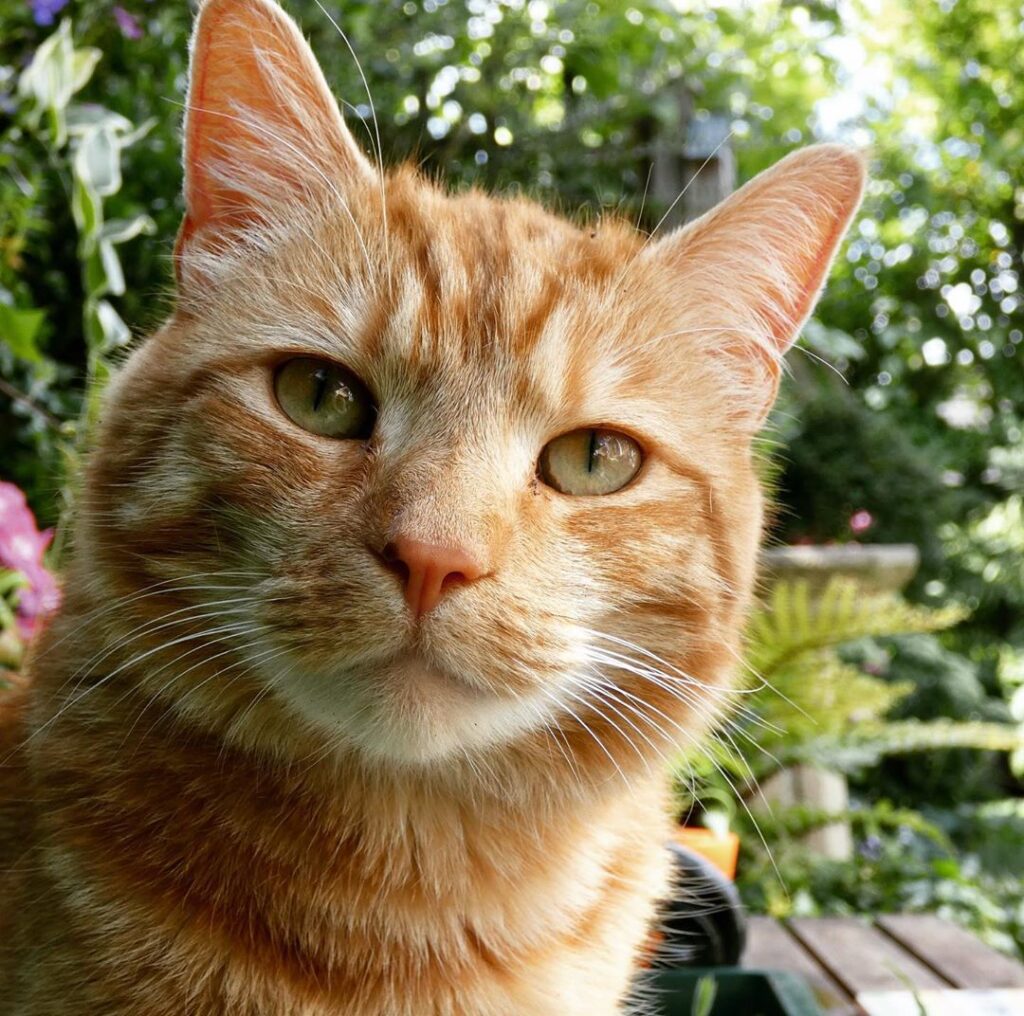
@eric_the_c.at is a ginger tabby all the way from Britain. Eric is a former stray who now lives in a loving home!
Fact 2: No One Knows Where Tabbies’ “M” Comes From
Why tabbies have a “M” on their forehead is unknown–but there theories abound! Several different cultures and religions have their guess as to why tabbies have an “M.” Many of these theories go back hundreds–or even thousands–of years!
One theory surrounding the tabbies’ “M” goes back over a thousand years to the 6th Century. In the Muslim faith, cats were highly esteemed animals and were even allowed in Mosques. The Prophet Muhammad, in fact, had a favorite cat named Muezza who inspired this love for cats. Once, Muhammad spotted Muezza sleeping on the sleeves of his robe. Rather than disturb his beloved pet, Muhammed cut off the sleeve of his robe to allow Muezza to continue sleeping. Because of Muhammad’s love for Muezza, some believe that cats bear the first initial of Muhammad’s name–thus the tabby “M.”
Other theories suggest that the “M” stands for “mau,” the Egyptian word for “cat,” since it is popularly believed that domesticated cats originated in Ancient Egypt. There are also other religious origins of the “M”–the Virgin Mary supposedly blessed a tabby cat and thus bestowed her initial onto their foreheads.
Fact 3: Ancient Egyptian Cats Were Tabbies
While today Ancient Egyptian cat statues appear black, when they were originally created they were painted. What colors would these statues have been? Probably brown tabby patterns. Several Egyptian tomb paintings include renderings of domesticated cats, many of whom have a brown tabby pattern. Coupled with this visual evidence, scientists recently discovered that spotted patterns did not begin to appear until the 18th Century, meaning that cats of the ancient world were likely all tabbies.
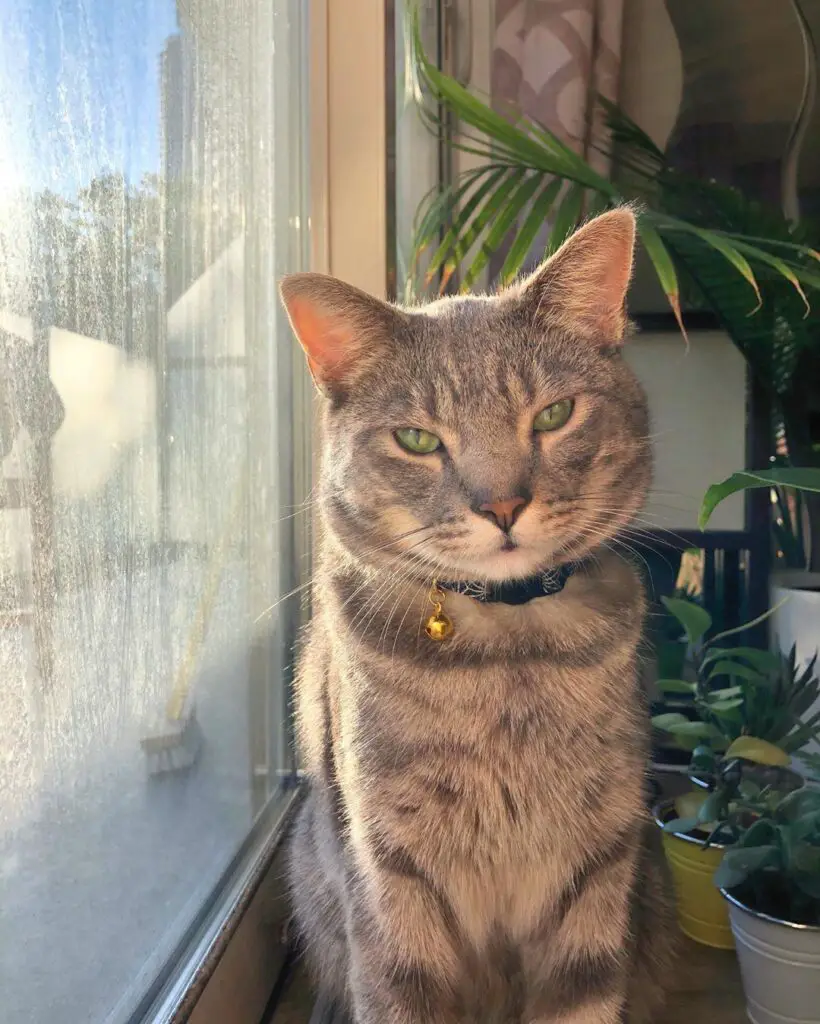
Chibi is a two-year-old “foster fail” from Terrace, British Columbia. On his papers from the rescue, they called him the love sponge because he’d always flop on his back and ask for belly rubs, which he still does and soaks in all the love he can get! He likes basking in the sun in the mornings, being a “plant keeper” aka sniffing around the house plants and pruning some of them, and zooming around in his cat tunnel! You can keep up with Chibi on his Instagram account, @chibiiandme.
Fact 4: Several Show Breeds Have The Tabby Pattern
Because “tabby” just recognizes a kind of coat pattern, a tabby cat is not its own breed of cat. However, many breeds recognized by The International Cat Association (TICA) along with mixed-breed cats have the tabby pattern. Here is a list of some of TICA’s recognized breeds that can sport the tabby pattern:
- Bengal
- Abyssinian
- Domestic Shorthair
- American Bobtail
- American Curl
- American Shorthair
- Maine Coon
- Ocicat
- Oriental
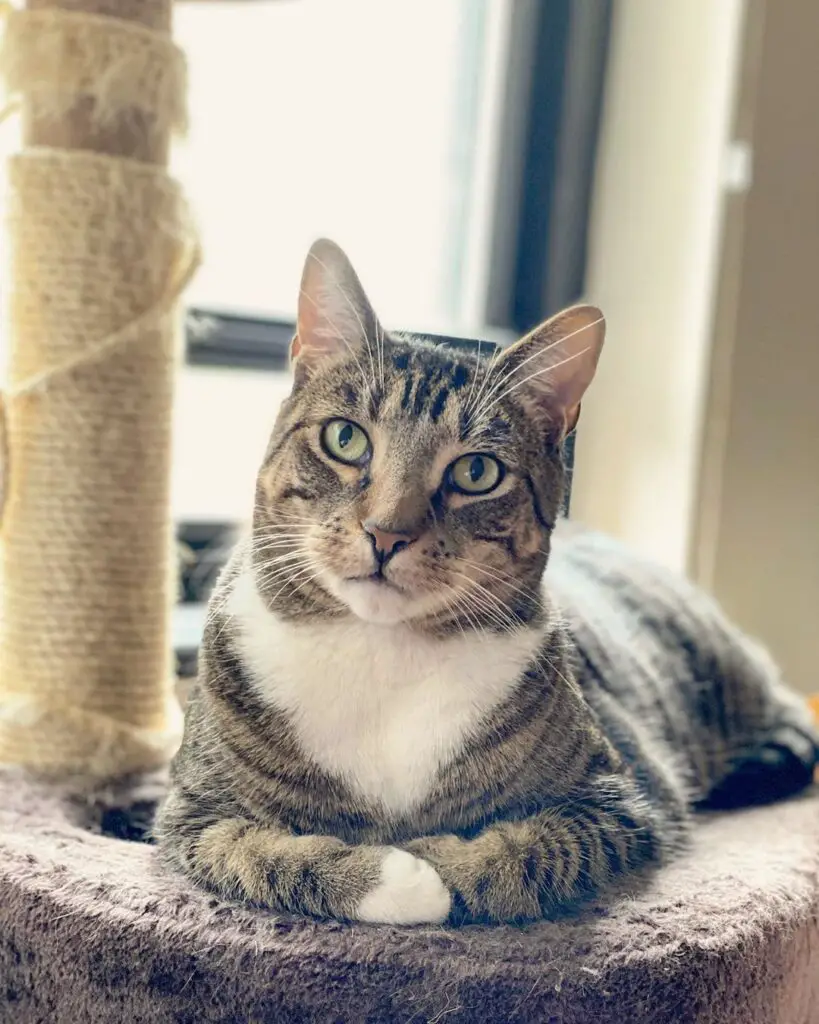
Darwin is a brown tabby from Astoria, NY. You can follow him and his big sister, Rosalind, on Instagram @evolution_of_darwin.
Fact 5: One Of The First Stuffed Animals Was a Tabby Cat
In 1892, one of the earliest mass-produced stuffed toys was made by two women, Celia Mattison Smith and Charity Smith, in Ithaca, NY. The former and her husband were animal lovers and helped found a local chapter of the Society for the Prevention of Cruelty to Animals in the 1890s. Celia and Charity made a stuffed toy for Celia’s daughter after observing the Smith’s seven-toed polydactyl tabby cat, Caesar Grimalkin, basking in the sun.
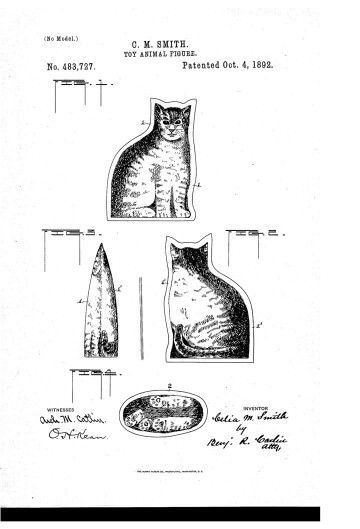
Celia and Charity patented their toy (image above courtesy The History Center), which became known as the Ithaca Kitty, and quickly gained popularity. Its unique, simplistic pattern enabled it to be one of the first manufactured stuffed toys. After being displayed at the World’s Fair in Chicago in 1893, the Ithaca kitty was sold nationwide and even in Europe and South America. The tabby Ithaca Kitty remained a popular toy for children well until after WWI.
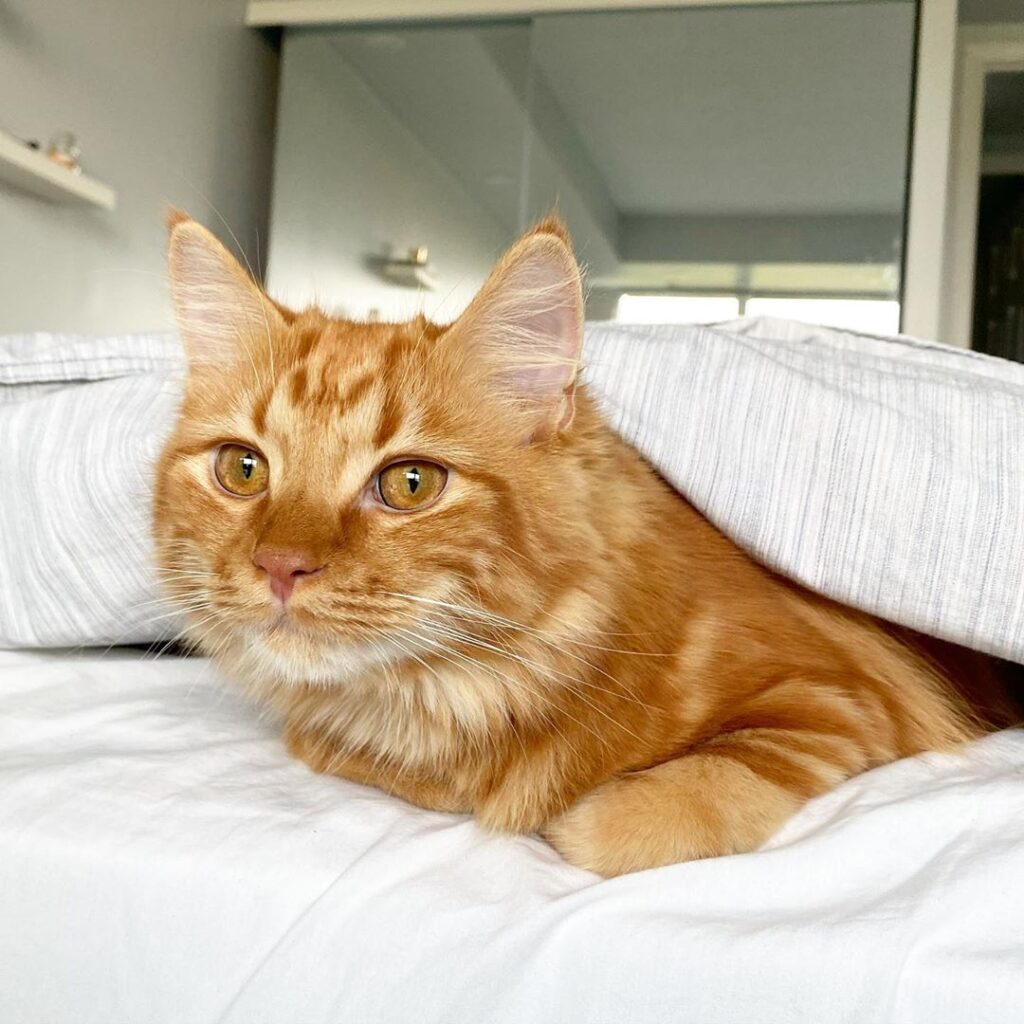
leoscatdays
Leo is a professional foodie and bug catcher. In his spare time, you can usually find him in one of his many napping spots or attempting to jump on the kitchen counter. To keep up with Leo, you can follow him on IG here @leoscatdays.
Tabby cats make great family pets that can be found in local shelters everywhere. When you’re adopting a tabby you’re not only making a welcome addition to the family but taking home a pet with a fascinating history!
Sources
https://www.aspcapetinsurance.com/resources/tabby-cat-facts/
https://animals.howstuffworks.com/pets/10-cats-who-made-history6.htm
https://tica.org/breeds/browse-all-breeds
https://www.britannica.com/animal/tabby
https://sheltermedicine.vetmed.ufl.edu/files/2011/11/identification-and-coat-colors-patterns.pdf
https://www.forbes.com/sites/davidanderson/2019/01/29/cats-in-ancient-egypt-didnt-look-the-way-you-think/#5d38acb34ee7
